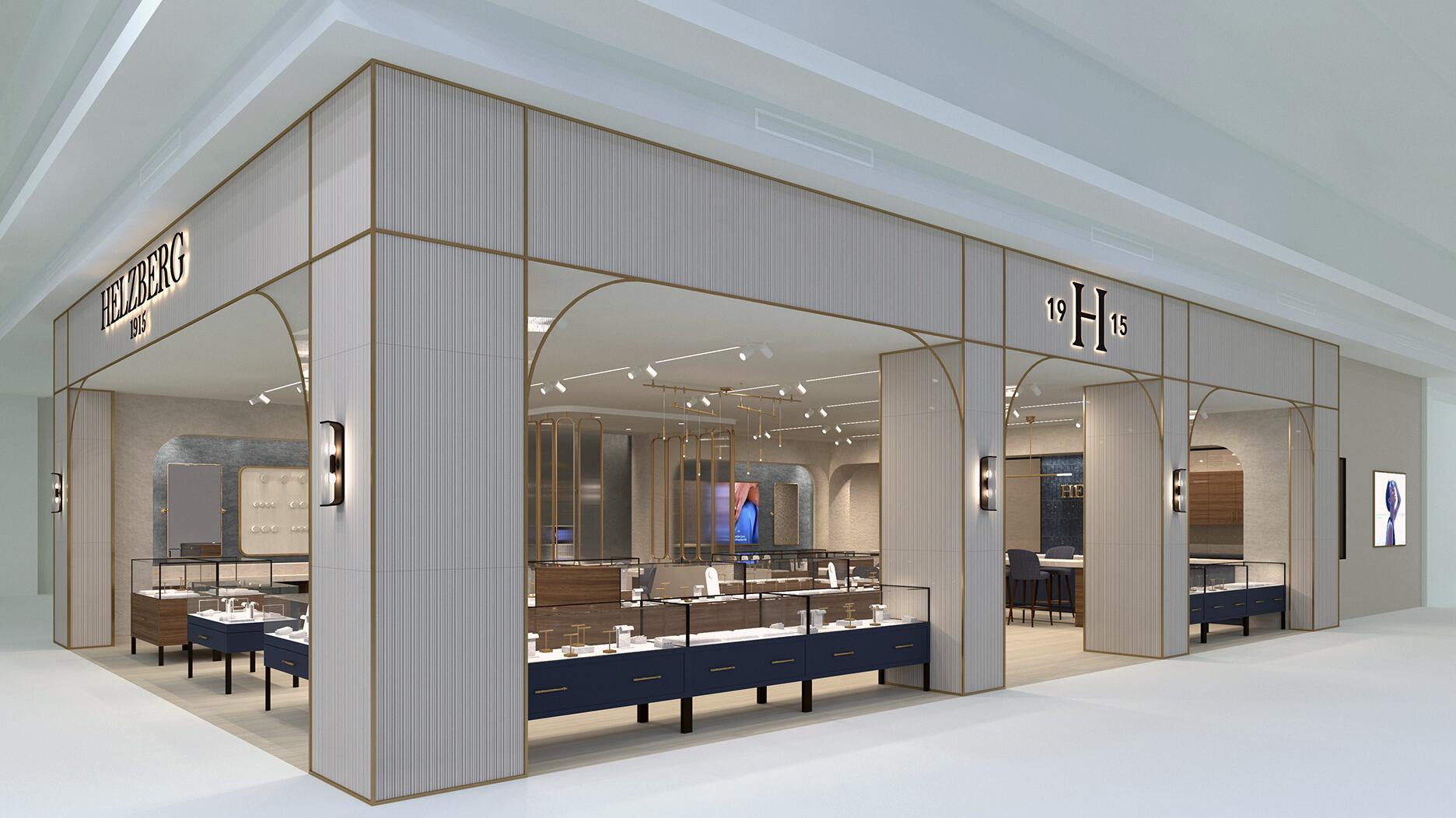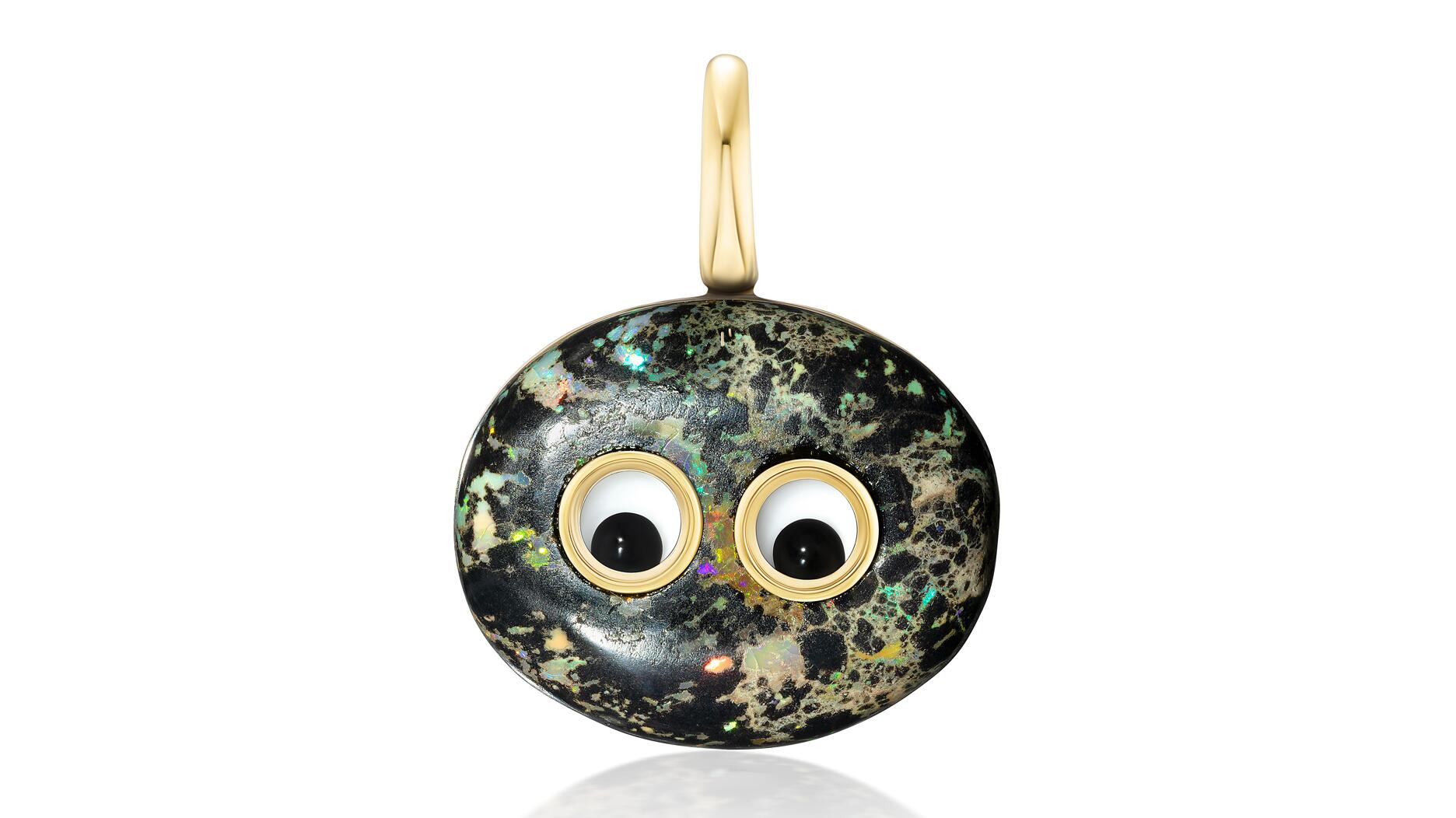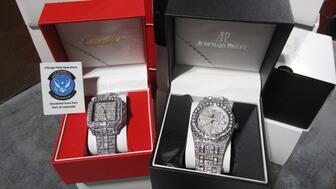In the recent multi-shipment seizure, CBP also found counterfeit Audemars Piguet, Moncler, and Chrome Hearts items.
3 Pieces with Wallace Chan
Today’s greatest living jeweler straddles the line between fine art and high jewelry.

When the TEFAF Art Fair came to New York this fall, it was the city’s first opportunity to experience the work of Wallace Chan in person.
Chan is a visionary who could have worked in a number of mediums, but life surreptitiously put him on the path of jewelry; he started work as a gem carver in Hong Kong, first creating in malachite and lapis, then moving on to more translucent stones like emeralds, rubies and diamonds.
Chan’s path to success was slow and deliberate, involving the dedicated study and acquisition of skills that created the foundation Chan needed to invent his own techniques. Despite this emphasis on craft, and the many formative years Chan spent laboring in carving, he is not afraid of the digital world; rather, he embraces its opportunities and its reach.
In a panel conducted at TEFAF prior to the day I interviewed Chan, he urged the audience not to think of digital and physical methods as opposing forces, but as members of a relationship: two integral ways of approaching and creating art.
“I am sure that the space where the two worlds overlap lies the future of creativity,” Chan said.
It is this sort of embrace of the new and unknown that has made Chan the most riveting and imaginative jeweler of our era.
Below, Chan shares the creation stories of the three pieces of jewelry most meaningful to his career. 
Wallace Chan: This is the Wallace Cut. This was my invention in 1987. What I did was I only cut one face in the back of the stone, but then it became four more faces because of precise calculation of the angles and reflections through the facets.
This particular one is from the late 1980’s. I did about six of these, but then I stopped because I didn’t want to copy myself anymore.
I had to think about opposites when I did the carving. Deep became shallow, left became right and top became bottom.
I had to invent my own tools, so I went to a factory to learn for six months as an apprentice, learning about the mechanics. Finally I thought I could transform a dental drill into the carving knife, but the dental drill was spinning 36,000 times per minute so once it touches the stone’s surface the stone cracks. So I had to put the stone beneath water to carve.
At
“When you are able to empty yourself, you have the space for a lot of wonders to happen.”It’s a smoky quartz. It’s only with a transparent stone that you can do the Wallace Cut. The first cut I do is the nose of the goddess.
The Wallace Cut was a breakthrough to me. At first I was just carving cameos intaglio, and it was quite traditional. Soon I was getting tired of this. One day I went to this photography exhibition and I saw the photography technique of double exposure--one face but repeatedly appearing in the same image. I started to wonder whether I could apply that to carving, but I didn’t have the skills yet so the idea stayed in the back of my mind.
After some years of learning diamond cutting and gemstone cutting, I realized that I could achieve what I saw at the exhibition. I started experimenting, and it became my major breakthrough.
I spent two years practicing the carving, then six months to learn about the mechanism so I could invent my own tool.
At the factory, my seniors were not willing to teach me a lot unless I would buy them afternoon tea, coffee and pineapple buns that you find in Hong Kong, so I had to bribe them with this to speed up the process of learning what I needed to invent the tools.
The image you see inside the stone is called Horae, and she is the goddess of seasons. She manages the four seasons and change and growth on Earth, so I carved that because at one point I was very interested in these Western mythologies.
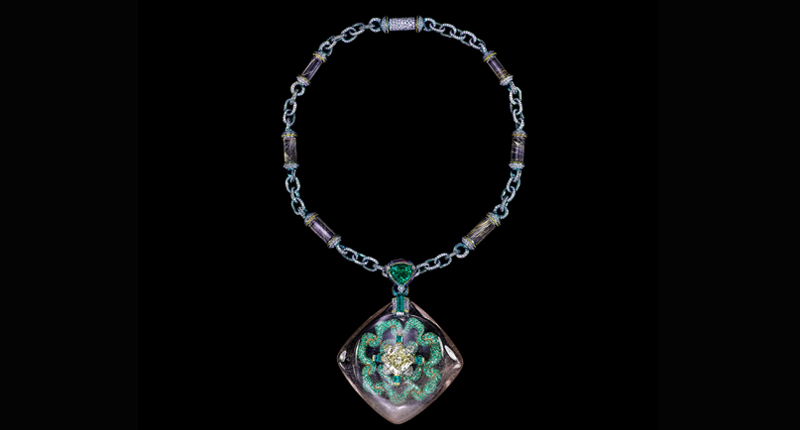
WC: From concept to creation, it took 10 years to complete the Secret Abyss. I drilled a hole on this rutilated quartz and a hole underneath this 10-carat yellow diamond, but it’s only 6.5 mm. That is only as big as this 1-carat diamond carat underneath. I used my own self invented tools to go inside, hollow it out, polish it and make a space of 43 mm. Then I set 1,111 emeralds inside.
“Because I’m imperfect, that’s why I pursue perfection.”This is a motif of the Chinese lucky cloud. At first I thought of using crystal, but then I thought it would be too clear and people would think I used glass and kind of lasered it back, making a trick out of that, so I used rutilated quartz to emphasize that it is one piece and I couldn’t have opened it and put it back together.
You can see how the chain is connected to the pendant. Normally you would drill a hole, but I didn’t want to ruin the perfection of the pendant so I calculated the tension and the weight and just clipped it on.
It’s quite daring because if you put too much force the pendant will break, and if you don’t have enough force, then it will fall.
In English we named it “Secret Abyss,” but in Chinese it means “true emptiness” and wonderful existence.” My philosophy is that when you are able to empty yourself, you have the space for a lot of wonders to happen and your inspiration becomes limitless.
I broke 20 or 30 pieces of crystal before I arrived at this one.
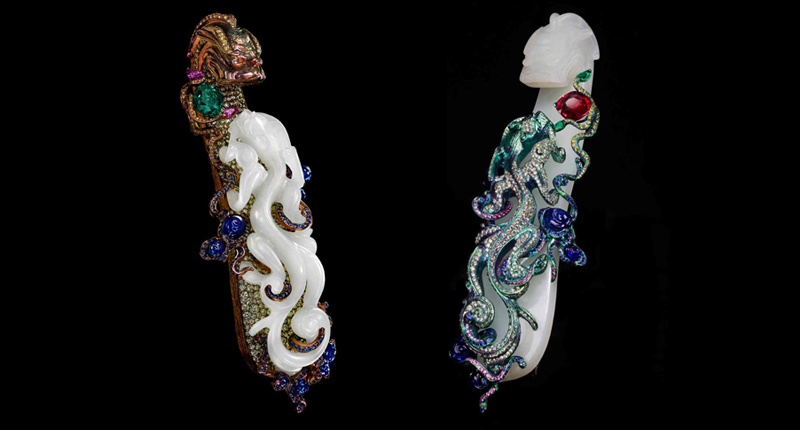
WC: I saw a white jade belt buckle in an auction a few years ago from Shang dynasty.
I bought it and cut it into half and used titanium to make the mirror images, so it’s the imitation of itself.
It’s a highlight at TEFAF; it’s never been exhibited anywhere else. It’s significant to me because when I first started as a carver I really envied the master who could make these white jade carvings. At the time, I wasn’t very skilled so I couldn’t make them, only envy them. When I found this I felt the white jade was calling out to me, asking me to bring it home so I could make something out of it. That’s why I answered the calling.
They were completed this year in September. I was still refining them before I brought them here.
Because I’m imperfect, that’s why I pursue perfection. I still have lots of dreams.
The Latest

Jewelers of America execs and National Jeweler editors discuss tariffs, the sky-high gold price, and the engagement that broke the internet.
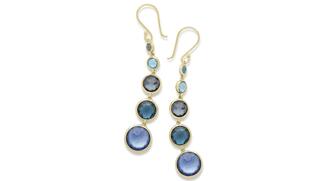
The luxury goods company said founder Ippolita Rostagno will remain at the brand’s helm.

How Jewelers of America’s 20 Under 40 are leading to ensure a brighter future for the jewelry industry.

Laura Burdese, who joined the Italian luxury brand in 2022, will take on the role in July.

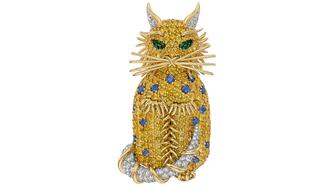
Need a gift for the cat lover who has everything? Look no further than our latest Piece of the Week.
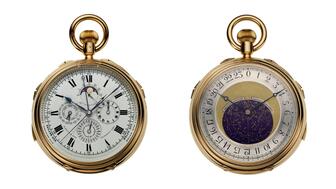
It purchased the “Grosse Pièce,” an ultra-complicated Audemars Piguet pocket watch from the ‘20s, for a record-breaking price at Sotheby’s.

Roseco’s 704-page catalog showcases new lab-grown diamonds, findings, tools & more—available in print or interactive digital editions.
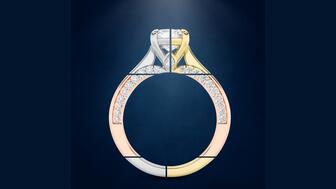
The lab-grown diamond grower now offers custom engagement and fashion jewelry through its Kira Custom Lab Jewelry service.

Chandler got his start at Michelson Jewelers and has served as DCA president and CEO since 2001. He will retire at the end of the month.

The boutique is slated to open this week inside Terminal 8, offering pre-owned Rolex watches and more to international travelers.

Sponsored by Digital Monitoring Products
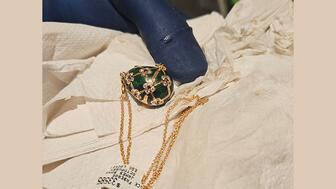
The special-edition egg pendant ingested in a New Zealand jewelry store was recovered after a six-day wait.
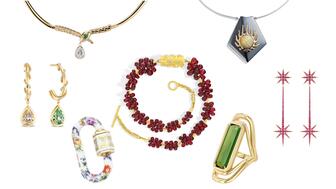
Associate Editor Natalie Francisco plays favorites with Piece of the Week, selecting a standout piece of jewelry from each month of 2025.

The “Love and Desire” campaign is inspired by the magic that follows when one’s heart leads the way, said the brand.

Two awardees will receive free tuition for an educational course at the Swiss lab, with flights and lodging included.

Berta de Pablos-Barbier will replace Alexander Lacik at the start of January, two months earlier than expected.
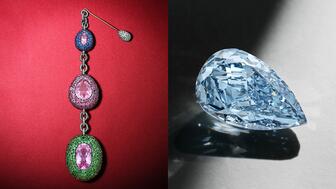
Sotheby’s held its first two jewelry sales at the Breuer building last week, and they totaled nearly $44 million.

Winners will receive free registration and lodging for its fourth annual event in Detroit.

Here are six ideas for making more engaging content for Instagram Reels and TikTok, courtesy of Duvall O’Steen and Jen Cullen Williams.

The honorees include a notable jewelry brand, an industry veteran, and an independent retailer.

Carlos Jose Hernandez and Joshua Zuazo were sentenced to life without the possibility of parole in the 2024 murder of Hussein “Sam” Murray.

Yood will serve alongside Eduard Stefanescu, the sustainability manager for C.Hafner, a precious metals refiner in Germany.

The New Orleans jeweler is also hosting pop-up jewelry boutiques in New York City and Dallas.

Set in a Tiffany & Co. necklace, it sold for $4.2 million, the highest price and price per carat paid for a Paraíba tourmaline at auction.

The jeweler’s “Deep Freeze” display showcases its iconic jewelry designs frozen in a vintage icebox.
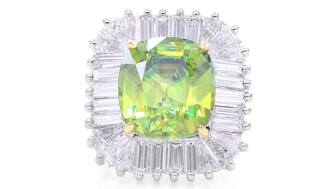
Take luxury gifting to new heights this holiday season with the jeweler’s showstopping 12-carat sphene ring.










